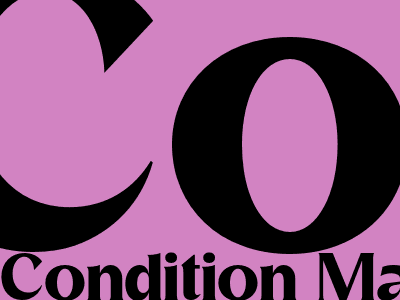Blog Post SEO Optimization: The Ultimate Guide to Ranking Higher on Google and Blogger
Introduction
Search engine optimization (SEO) is the process of improving the visibility and ranking of a website or web page in search engine results pages (SERPs). By optimizing your blog posts for SEO, you can attract more organic traffic to your website, which can lead to increased brand awareness, leads, and sales. Whatever your blogging platform, be it Blogger.com or any other, you can always apply SEO for better reach.
In this guide, we will provide you with a comprehensive overview of blog post SEO optimization. We will cover everything from keyword research to on-page optimization to link building. By following the tips in this guide, you can improve your blog post rankings and get more traffic to your website.
Keyword Research
The first step to blog post SEO optimization is keyword research. Keyword research is the process of identifying the words and phrases that people are searching for on Google and other search engines. By targeting the right keywords, you can increase the chances of your blog posts appearing in search results.
There are a number of different ways to do keyword research. One of the most effective ways is to use a keyword research tool. There are a number of keyword research tools available, both free and paid. These tools can help you identify the most popular keywords in your niche, as well as the search volume and competition for each keyword.
Once you have identified a few target keywords, you can start to incorporate them into your blog posts. However, it is important to avoid keyword stuffing. Keyword stuffing is the practice of using keywords too often in your content. This can actually hurt your rankings, as search engines may view it as spam. Instead, focus on using your keywords naturally throughout your content.
On-Page Optimization
On-page optimization refers to the optimization of the individual elements of your blog posts. This includes your title, meta description, header tags, and content. By optimizing these elements, you can make your blog posts more appealing to both users and search engines.
Here are some tips for on-page optimization:
- Use a compelling title that includes your target keyword.
- Write a meta description that accurately describes your blog post and includes your target keyword.
- Use header tags (H1, H2, H3, etc.) to structure your content and make it easier to read.
- Use your target keyword in your content, but avoid keyword stuffing.
- Use images and videos to break up your content and make it more visually appealing.
Link Building
Link building is the process of acquiring links from other websites to your own. Links are one of the most important ranking factors for search engines, so building high-quality links is essential for improving your blog post rankings.
There are a number of different ways to build links. One of the most effective ways is to create high-quality content that other websites will want to link to. You can also promote your content on social media and other online channels. Additionally, you can reach out to other websites and ask for links. However, it is important to avoid buying links or participating in link schemes, as this can hurt your rankings.
Conclusion
By following the tips in this guide, you can improve your blog post SEO and get more traffic to your website. However, it is important to remember that SEO is an ongoing process. Search engine algorithms are constantly changing, so you need to stay up-to-date on the latest trends and best practices. By continuing to optimize your blog posts, you can ensure that you are always ranking higher in search results.

Komentar